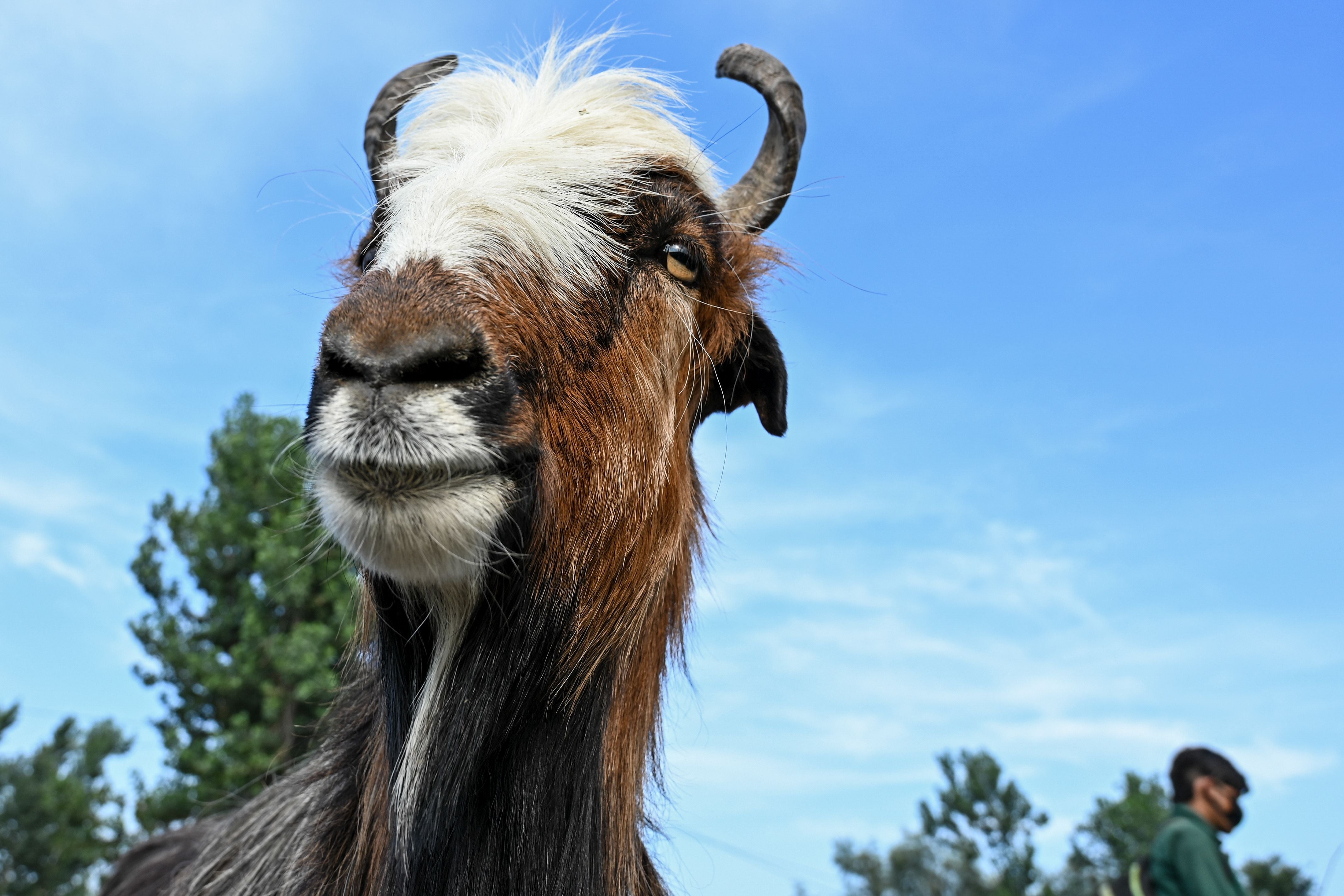Scientists teach AI to recognise when a goat is upset
System could be used to increase animal welfare, and might inform care of child and non-verbal patients, researchers suggest

Scientists have taught an artificial intelligent system to be able to recognise goats in distress.
The tool could not only improve animal welfare but help develop new ways of caring for children and other non-verbal patients, according to those behind it.
Typically, understanding whether an animal is in pain or suffering can be difficult, and relies on the expertise of vets. Often the fix for a medical issue might be simple – but it may be much more difficult to know that one is needed.
The system was created by filming the faces of goats that were in pain, and others that were comfortable. Those videos were then fed into a machine learning system that was taught to be able to spot those goats that might be in distress.
The system was between 62 per cent and 80 per cent accurate at identifying the faces of goats that were in pain, according to its researchers. But they hope it will improve.
So far, it has only been trained and tested on 40 goats. But the researchers hope that it can be taught with more goats and with different animal species.
“If we solve the problem with animals, we can also solve the problem for children and other non-verbal patients,” said Ludovica Chiavaccini from the University of Florida.
“It’s not just an animal-welfare issue,” she said. “We also know animals that are in pain don’t gain weight and are less productive. Farmers are becoming more and more aware of the need to control acute and chronic pain in animals.”
The work is reported in a new paper, ‘Automated acute pain prediction in domestic goats using deep learning-based models on video-recordings’, published in Scientific Reports.
Join our commenting forum
Join thought-provoking conversations, follow other Independent readers and see their replies
2Comments